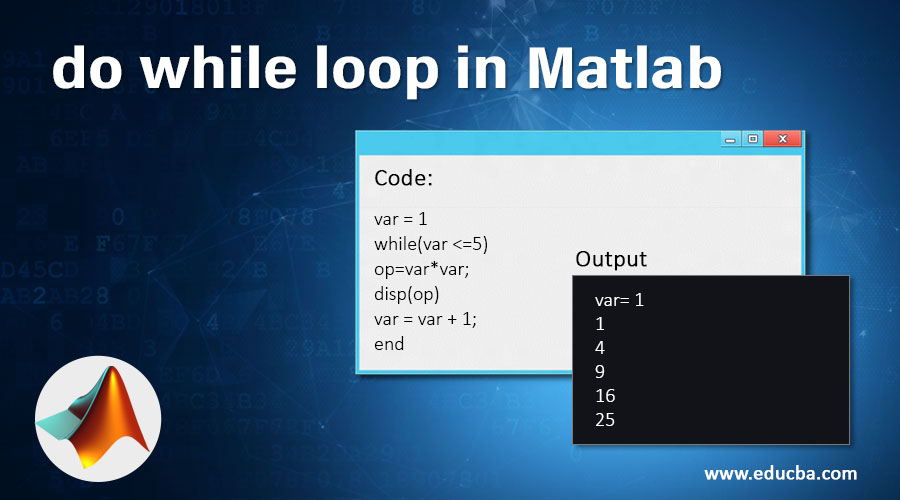

So you can write the code for increasing such n-digit number. We have to increase the number, so we would get the sequence 0 0 0 We have 3 digit number, with 3 digits for first, 4 for second and five for third digit To simulate this you would have to use the "n-digit number notation" In "for notation" we have: for(int x=0 x<3 x++)

Suppose we had array(matrix) int T=new int Iterating through n-dimmensional array can be seen as increasing the n-digit number.Īt each dimmension we have as many digits as the lenght of the dimmension. OutArgs = cellfun(fcn, A, 'UniformOutput', false) This is done by calling either arrayfun or cellfun with an additional parameter/value pair: outArgs = arrayfun(fcn, A, 'UniformOutput', false) if my_func returns outputs of different sizes and types when it operates on different elements of A, then outArgs will have to be made into a cell array. If there are any outputs from my_func, these are placed in outArgs, which will be the same size/dimension as A. The function my_func has to accept A as an input. If A is a cell array of arbitrary dimension, you can use cellfun to apply my_func to each cell: outArgs = cellfun(fcn, A) You first create a function handle to this function: fcn = A is a matrix (of type double, single, etc.) of arbitrary dimension, you can use arrayfun to apply my_func to each element: outArgs = arrayfun(fcn, A) Let's first assume you have a function that you want to apply to each element of A (called my_func). There are also a couple of functions you can use: arrayfun and cellfun.
MATLAB FOR LOOP BACKWARDS 64 BIT
(Though I don't use a 64 bit MATLAB release, I believe that problem has been resolved for those lucky individuals who do.)Īs pointed out in a few other answers, you can iterate over all elements in a matrix A (of any dimension) using a linear index from 1 to numel(A) in a single for loop. It is really only an issue if you use sparse matrices often, when occasionally this will cause a problem. So if your array has more then a total of 2^32 elements in it, the linear index will fail.
MATLAB FOR LOOP BACKWARDS 32 BIT
MATLAB uses a 32 bit integer to store these indexes. The only problem with the linear index is when they get too large. So you can use it on structures, cell arrays, etc. The linear index applies in general to any array in matlab. Conversion between the linear index and two (or higher) dimensional subscripts is accomplished with the sub2ind and ind2sub functions. There are many circumstances where the linear index is more useful. For example, if we wanted to square the elements of A (yes, I know there are better ways to do this), one might do this: B = zeros(size(A)) The result is, we can access each element in turn of a general n-d array using a single loop. In fact, the function find returns its results as a linear index. A(:)Īs you can see, the 8th element is the number 7.

We can see the order the elements are stored in memory by unrolling the array into a vector. MATLAB allows you to use either a row and column index, or a single linear index. An array in MATLAB is really just a vector of elements, strung out in memory. Negative step values traverse backwards.The idea of a linear index for arrays in matlab is an important one. Here is a way to reverse a string without utilizing the built in features such as reversed. The reverse_string code is almost identical to the PEP with a check removed for simplicity's sake. Or calling a constructor like: cba = list(reverse_string('abc'))

Without using the builtin, it might look something like, def reverse_string(x: str) -> str:Ĭonsume the iterator either by looping, eg for element in (reverse_string('abc')): So to reverse a string, consume the iterator until it is exhausted. makes a reverse iterator over sequence objects that support getitem() and len(). The function checks whether the argument is iterable and then yields the last element of a list until there are no more elements to yield. For those readers attempting to understand how reversed is implemented, take a look at the PEP, number 322, to get an understanding of the how and why. But this is error prone and the builtin function reversed is a much better approach. It does show how one could utilize range and negative step values to build a value by looping through a string and adding elements in off the end of the string to the front of the new value. It is not a very pythonic or even efficient way to loop over a string backwards. EDIT: It has been quite some time since I wrote this answer.


 0 kommentar(er)
0 kommentar(er)
